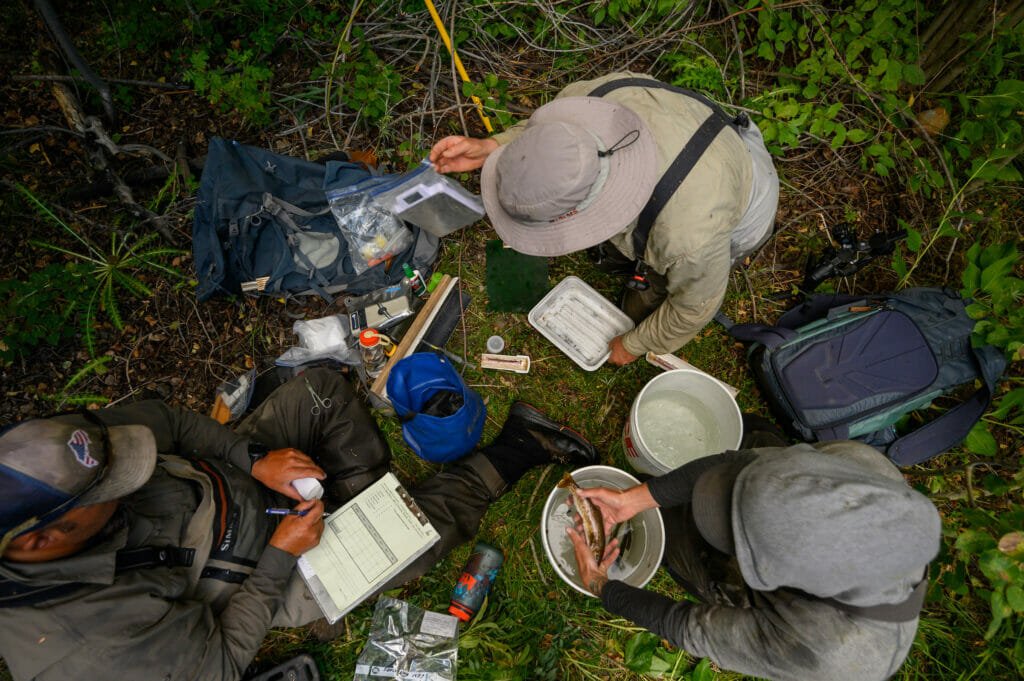2025 LCT Interagency Meeting Notes and Recording
/LCT Interagency Meeting Recap – March 4, 2025
The Lahontan Cutthroat Trout (LCT) Interagency Meeting was held virtually on March 4, 2025, due to travel restrictions across several agencies. Though the meeting shifted from its original in-person format, participants came together online for a productive and informative session.
The meeting kicked off with a welcome and brief agenda review from Chris Crookshanks (NDOW). Travis Hawks (NDOW) and Rachel VanHorne (USFS) followed with highlights from the Coordinating Committee’s 2024 accomplishments and a look ahead at the 2025 work plan.
A major portion of the meeting was devoted to updates from each Recovery Implementation Team (RIT), covering:
Current status of LCT populations across Landscape Management Units (LMUs)
2025–2030 priority projects
Key challenges to long-term recovery progress
After a short break, the meeting resumed with science and genetics updates:
Lief Wiechman (USGS) provided an overview of the Conservation Efforts Database (CED) and population reporting developments.
Mandi Finger (UC Davis) shared a rangewide genetics update, with extended time for questions and discussion.
📄 Click here to view the full meeting notes
🎥 Watch the meeting recording here






